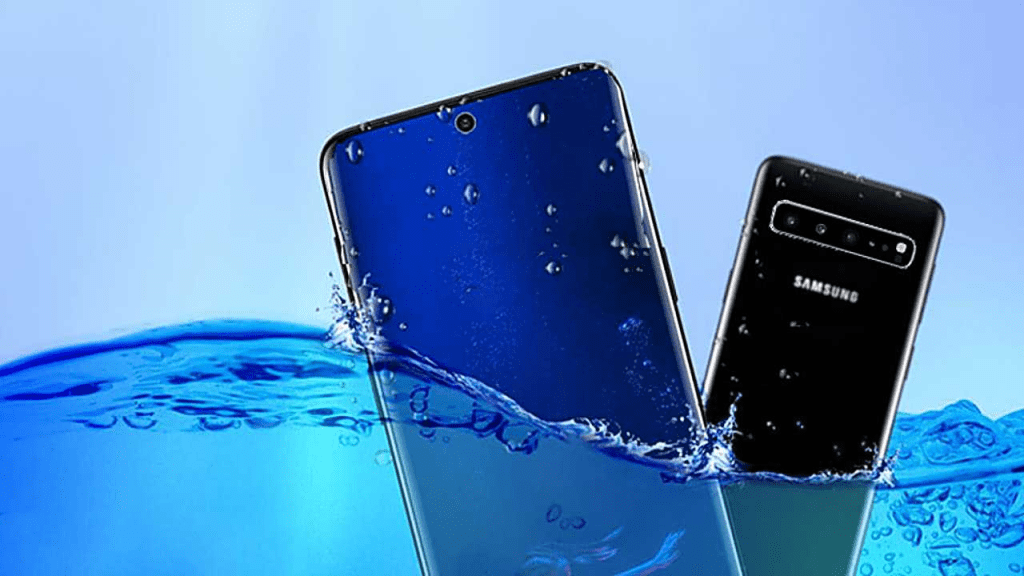Water resistance in phones has come a long way from being a feature exclusively found in deluxe devices. Do you ever wonder why phones like the iPhone 14 Pro and Galaxy S23 Ultra boast water resistance? This brings the question: What do those cryptic IP67, IP68, and IPX8 ratings mean, and how waterproof is your precious phone? Let’s dive into the details.
Understanding IP Ratings: IP67, IP68 and IPX8
IP ratings, or Ingress Protection ratings (As they are also called), are standardized by the International Electrotechnical Commission (IEC). These ratings provide information about a device’s resistance to foreign solids and moisture.
An IP rating consists of two numbers:
-The first represents protection against solid objects
– And the second signifies resistance to moisture
- The first number ranges from 0 (no protection) to 6 (complete protection against dust and solid objects).
- The second number ranges from 0 (no protection against moisture) to 8 (protection against full submersion in water).
However, the specifics can vary for different devices. If a device has an IP rating of 8, the IEC requires that it can handle being underwater at 1 meter for 30 minutes. Anything more than that depends on the manufacturer.
- IP67: This rating suggests that a device is dust-tight (meaning it’s protected from dust getting inside) and can endure immersion in water up to 1 meter for 30 minutes.
- IP68: Like IP67, it’s also dust-tight and can handle submersion in water. Let’s use the iPhone 14 Pro and Galaxy S23 Ultra, as a case study. Both have an IP68 rating, but there’s a significant difference in their water resistance. The Galaxy S23 Ultra can handle being submerged up to 1.5 meters for 30 minutes, while the iPhone 14 Pro claims to withstand up to 6 meters of water for the same duration. So, it’s essential to check your phone’s fine print for precise details to understand what level of water resistance it offers
- IPX8: When you see an ‘X’ in the rating, it means the device is waterproof against submersion in water, but it hasn’t been officially rated for protection against dust or solid particles.
Swimming with Your Phone:
While the iPhone 14 Pro 6 meters of water resistance IP rating might tempt you to take it for a swim, it’s not that straightforward. IP tests are conducted under controlled conditions in stagnant water. Real-world scenarios like swimming introduce additional pressure on your phone, potentially allowing water inside. Pool water often contains chemicals like chlorine, which could affect your phone’s resistance. Saltwater, like in the ocean, poses even more significant risks, potentially harming metal components.
Even if your phone boasts the highest IP68 rating, it’s best to treat it as an emergency backup for spills or rainy days, not as a companion for underwater photography or video recording while diving. However, if you would like to take your phone swimming, ensure to purchase a protective case for that purpose to secure your device.
Phones Without IP Ratings:
Some phones, like Motorola’s Moto G50, might claim to be “water-repellent” or “water-resistant” without official IP ratings. These devices often use techniques like rubberized seals or water-repellent coatings to fend off moisture. While they can survive accidental splashes, avoid submerging them fully.
If your phone doesn’t mention any water resistance, assume it offers none, and be cautious around liquids.
In conclusion, while water resistance is a valuable feature, it’s essential to understand your phone’s specific capabilities based on its IP rating and use it accordingly. Remember that IP ratings are laboratory-tested under specific conditions, and real-world situations can be more challenging. Always exercise caution when exposing your phone to water, especially in situations like swimming or in corrosive environments.
Check out our shop page for the best top-tier devices with impressive water resistance ratings that are sure to captivate you.



